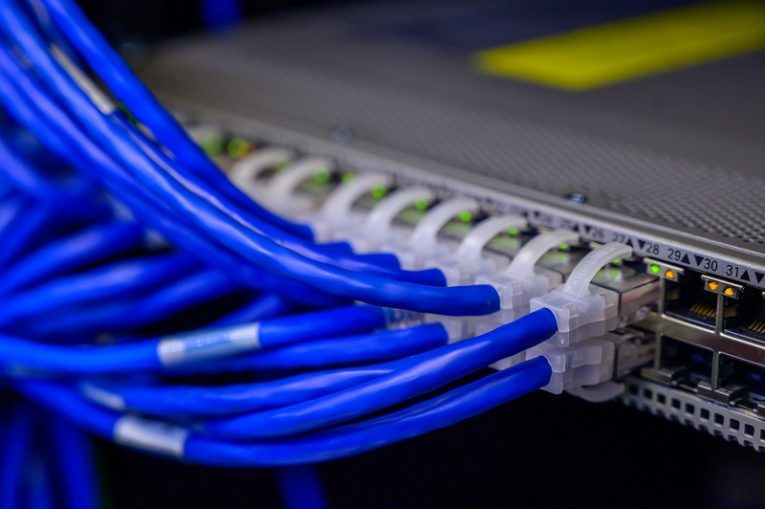How to Update Your Router's Firmware and why

Here’s one thing practically no Internet user thinks about – router safety, and how their connection to the web actually works. Most people aren’t into the technical details and don’t really care how their router functions – as long as they can get a stable wi-fi connection on their home network, they don’t give it too much thought, and it shows in the research. Since routers are some of the most common, numerous, and neglected smart devices around, they make up the bulk of devices that malicious actors break into and enslave to their botnets.
The aptest physical analogy for a router would probably be a house’s front door. It basically allows the people using it to access a great many things, such as the great outdoors. However, just like you can’t leave a door on your front lawn and expect it to protect you without being securely mounted on its hinges, a router needs setting up – you need to register an admin account, then set up a password that’s required to access it, and make it a good one.
Unfortunately, that’s where the analogy has to end – unlike doors, routers are a fairly complex system that needs constant support to a function, since bad actors are always on the lookout for an opening they can exploit to get in. This is why most router manufacturers constantly pump out firmware updates – they need to keep up, and even stay a couple of steps ahead of the black hats. They have no other option if they wish to maintain their customers’ online security.
However, in order for the efforts of firmware developers focusing on security to be effective, said efforts must be met halfway by the consumer – which is when we get into a bit of a pickle. Software updates are annoying, an extra hoop that you have to jump through every so often, eating up the consumer’s precious time – plus they usually happen at the most vexingly inconvenient time.
That’s a hassle, which is why most people just don’t do it – which is a very bad idea because it basically leaves your front door open. Anyone with the technical skills to do so can come right in, make themselves at home, mess around with the furniture, take anything they like, leave a lot of junk or hazardous things behind, and even lock the door on their way out, so that you’re effectively barred from said device, even though you paid for it and still physically own it.
How to Update Your Router’s Firmware
First and foremost, you need to check whether or not your router’s supported by the manufacturer. Check the box or the router itself – the brand, the type, and the model number should be obvious once you have a good look at it. Note that, unfortunately, some older router models are not supported anymore. The reality if the situation is that manufacturers seldom have the resources to maintain full firmware updates on all of their products. Aged models are dropped as they age, and new ones are released, so if your router is on the older side and you value your cybersecurity – you may want to consider a hardware upgrade.
- Once you’ve established that your router is still supported, type in your router’s IP into a browser. See the Note below for the most common router IPs.
- This should open a page displaying the router’s settings. Here’s where it gets a bit fuzzy because different manufacturers organize the interface of their routers differently. However, there should be an “Advanced” or “Management” part of the settings. Take a moment to locate anything that may serve a similar function, and enter that menu.
- Once in the Advanced setting, root around until you find a button named “Update Software” or something similar. Click it and wait for any process it starts to complete before restarting your router.
NOTE: Here are some of the most common router IPs, based on brand:
Apple: 10.0.1.1
Asus: 192.168.1.1
Buffalo Tech: 192.168.1.1
D-Link: 192.168.0.1 or 10.0.0.1
Cisco/Linksys: 192.168.1.1 or 192.168.0.1
NETGEAR: 192.168.0.1 or 192.168.0.227








